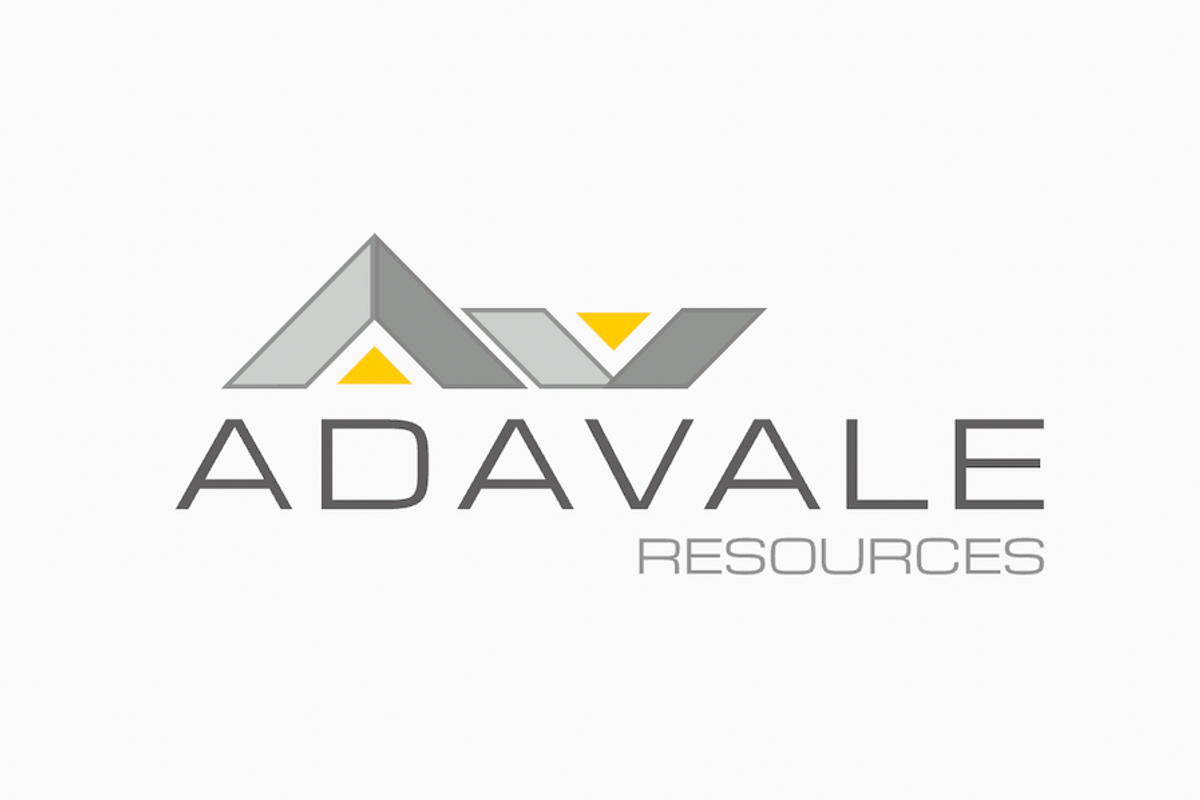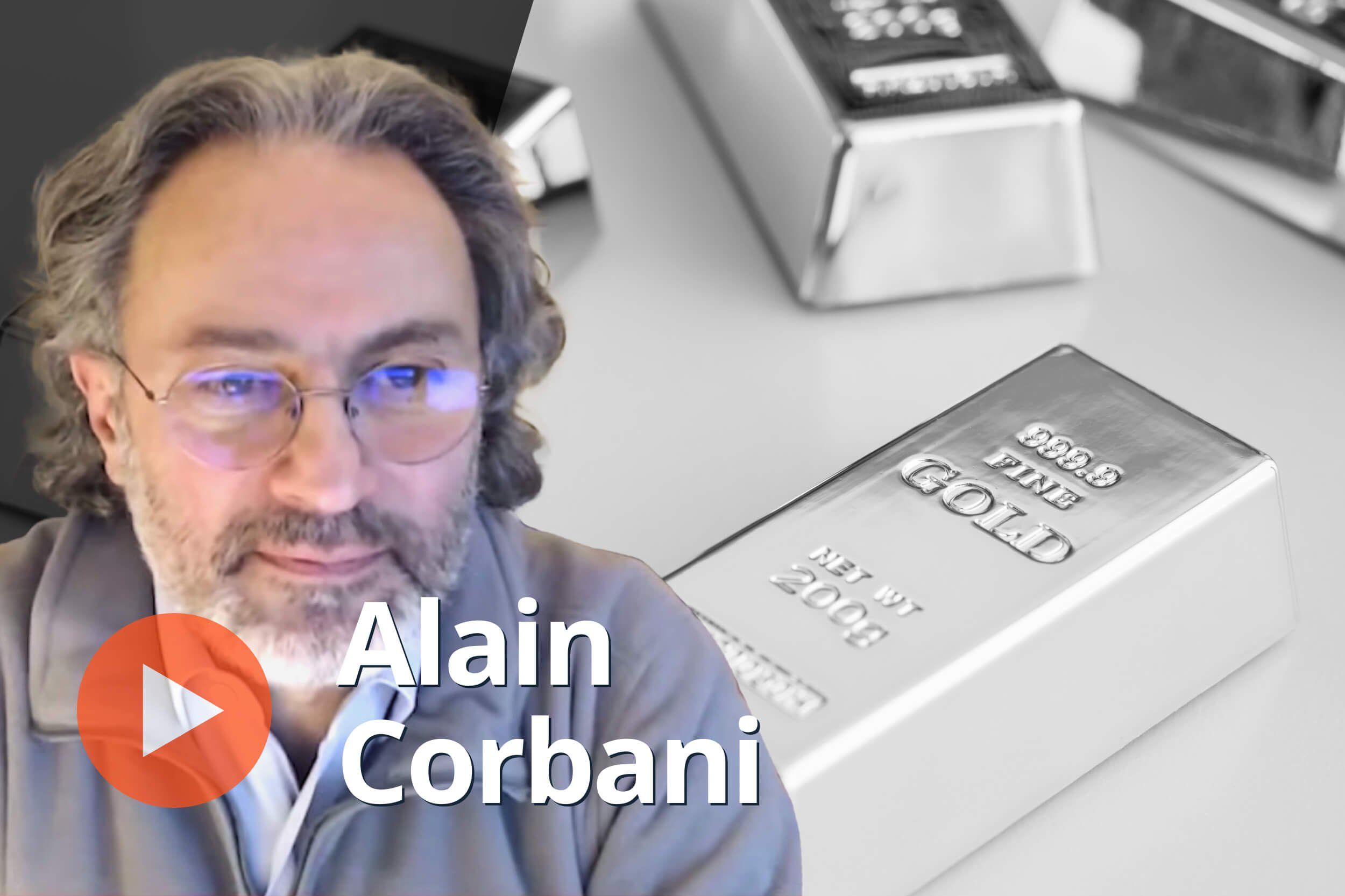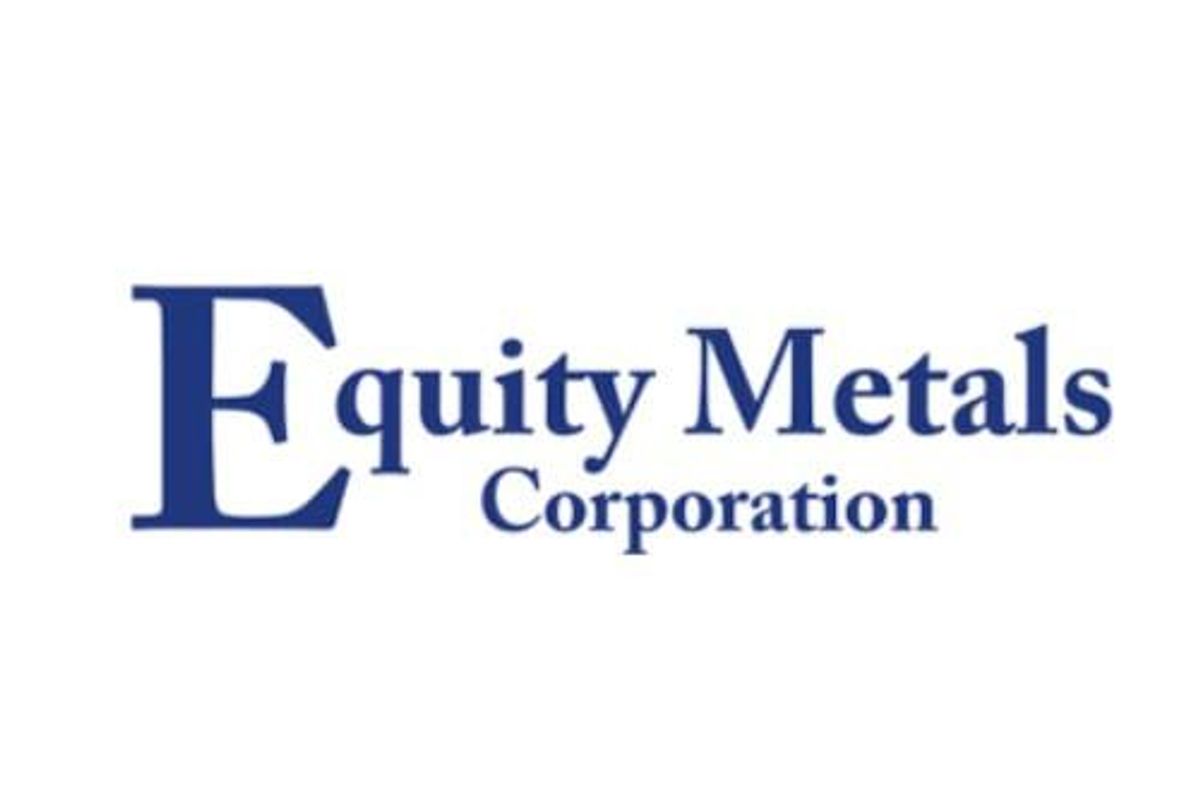
January 30, 2025
Adavale Resources Limited (ASX:ADD) (“Adavale” or “the Company”) is pleased to report on its activities for the quarter ended 31 December 2024.
KEY HIGHLIGHTS
Parkes Gold and Copper Project, NSW
- All-scrip acquisition of 72.5% interest in the Parkes Gold and Copper Project located in the Lachlan Fold Belt of NSW, Australia
- Immediate focus on the London-Victoria Gold Mine, with historical estimates of 3.70Mt @ 1.04g/t Au for 124koz gold1
- Diamond drilling completed in November 2024 demonstrates potential 12m thick down-dip extension of the London-Victoria mineralisation
- Parkes Project acquisition was completed in January 2025 with the London- Victoria tenement EL7242 successfully renewed until November 2030
Uranium Exploration Activities, SA
- Cultural Heritage survey finalised at MacDonnell Creek (SA) with 2,000m Uranium drilling program expected to commence in Q2 2025
Corporate
- $1.675 million capital raising to professional and sophisticated investors with Directors and Officers co-investing ~$100,000 (over 6%) of the Placement to advance the Parkes Project announced during the quarter
- Mr. Allan Ritchie transitioned to Executive Chairman on 31 October 2024
- Adavale maintains a strong balance sheet following completion of the Tranche 2 Placement in January 2025
Adavale’s Executive Chairman and CEO, Mr. Allan Ritchie commented:
“The completion of both the Parkes Gold and Copper Project acquisition and recent Placement is a critical step forward for Adavale, with enough funding for exploration and drilling on the numerous highly prospective targets across our 4 licences located in the Lachlan Fold Belt, a Tier 1 mining jurisdiction. One of Adavale’s licences also includes the London Victoria historic mine with a historic resource of 124koz Au that Adavale will work on upgrading to JORC-qualifying status.
In addition, the Adavale team have just returned from a site visit and are very excited with the Parkes Project and the opportunity it presents to develop solid shareholder value and we look forward to providing regular updates from the Parkes Project throughout the exploration programs ahead.”
Parkes Gold and Copper Project (NSW)
During the quarter, Adavale announced the acquisition of a 72.5% interest in the Parkes Gold and Copper Project (“Parkes Project”) on 29 November 2024. The acquisition was completed in January 2025. Refer to ASX announcement dated 29 November 2024 for the terms of the acquisition.
The Parkes Project is located within the prolific gold and copper producing Macquarie Arc portion of the Lachlan Fold Belt in central NSW – hosting some of Australia’s most prolific gold and copper mines. The acquisition includes four exploration tenements that encompass a total of 395km2 in an area that is adjacent to the Northparkes copper gold-mine, as well as Cadia-Ridgeway – a world-class deposit for copper and gold mineralisation.
The Exploration Licences (‘EL’s’) are situated where Early Ordovician-age Junee-Narromine Volcanic Belt rocks of the western part of the Arc are intersected by the crustal-scale structural corridor of the Lachlan Transverse Zone (‘LTZ’). Significantly, the LTZ is host to Tier 1 gold and copper mines, such as Northparkes (5.2Moz Au & 4.4Mt Cu) and Cadia-Ridgeway (35.1Moz Au & 7.9Mt Cu) where it intersects Macquarie Arc rocks (Figure 1).
The Parkes Project’s most advanced prospect is the former London-Victoria Gold Mine which saw estimated historical production by BHP Gold and Hargraves of 200,000 to 250,000 ounces at a head grade of 1.5-2g/t Au. A Historical Estimate of 3.7Mt at 1.04g/t Au for 123.8koz Au was defined for London-Victoria.
At London-Victoria, it is intended to utilise the existing drillhole database, augmented by a small number of new well-targeted deeper holes, to estimate a Mineral Resource. This opportunity comes at relatively low cost and at a time of record gold prices. Recent diamond drilling at the mine intersected a 12m potential down-dip extension of the deposit to be confirmed with assay results expected soon.
In conjunction with the acquisition of the Project, Adavale received binding commitments to raise $1.675 million (before costs) through a placement to new and existing sophisticated and professional investors. Proceeds from the Placement will be used to accelerate exploration activities within the Parkes Project with a primarily focus on increasing and upgrading the London-Victoria resource to JORC-qualifying status.
Click here for the full ASX Release
This article includes content from Adavale Resources, licensed for the purpose of publishing on Investing News Australia. This article does not constitute financial product advice. It is your responsibility to perform proper due diligence before acting upon any information provided here. Please refer to our full disclaimer here.
ADD:AU
The Conversation (0)
16 November 2025
Major Resource Growth Uncovered at London Vic
Adavale Resources (ADD:AU) has announced Major Resource Growth Uncovered at London VicDownload the PDF here. Keep Reading...
31 October 2025
Quarterly Activities and Cashflow Report
Adavale Resources (ADD:AU) has announced Quarterly Activities and Cashflow ReportDownload the PDF here. Keep Reading...
26 October 2025
Transformational Appointment to Drive Gold & Copper Growth
Adavale Resources (ADD:AU) has announced Transformational Appointment to Drive Gold & Copper GrowthDownload the PDF here. Keep Reading...
21 October 2025
100% Native Title Consent for Marree Project Achieved
Adavale Resources (ADD:AU) has announced 100% Native Title Consent for Marree Project AchievedDownload the PDF here. Keep Reading...
24 September 2025
Wide Gold Intercepts Confirm Open Mineralisation
Adavale Resources (ADD:AU) has announced Wide Gold Intercepts Confirm Open MineralisationDownload the PDF here. Keep Reading...
17h
Alain Corbani: Gold to Hit US$5,000 Near Term, What About Silver?
Alain Corbani, head of mining at Montbleu Finance and manager of the Global Gold and Precious Fund, sees the gold price reaching US$5,000 per ounce in the near term. He sees real interest rates and the US dollar as the key factors to watch, but noted that other elements are also adding... Keep Reading...
06 January
Aurum advances Boundiali development with 3 ML Applications
Aurum Resources (AUE:AU) has announced Aurum advances Boundiali development with 3 ML ApplicationsDownload the PDF here. Keep Reading...
06 January
Peruvian Metals Full Capacity Throughput at Aguila Norte Processing Plant in 2025 and Focuses on Silver and Gold for 2026
Peruvian Metals Corp (TSXV: PER,OTC:DUVNF) (OTC Pink: DUVNF) ("Peruvian Metals" or the "Company") is pleased to announce production results for 2025 at its 80-per-cent-owned Aguila Norte processing plant ("Aguila Norte" or the "Plant") located in Northern Peru. The Company is also pleased to... Keep Reading...
04 January
Ongoing Drilling Continues to Return Broad Gold Intercepts
Asara Resources (AS1:AU) has announced Ongoing drilling continues to return broad gold interceptsDownload the PDF here. Keep Reading...
Latest News
Interactive Chart
Latest Press Releases
Related News
TOP STOCKS
American Battery4.030.24
Aion Therapeutic0.10-0.01
Cybin Corp2.140.00






